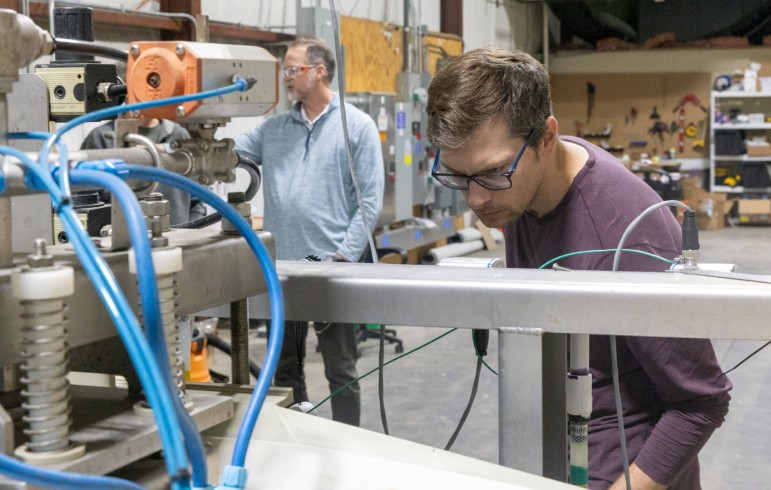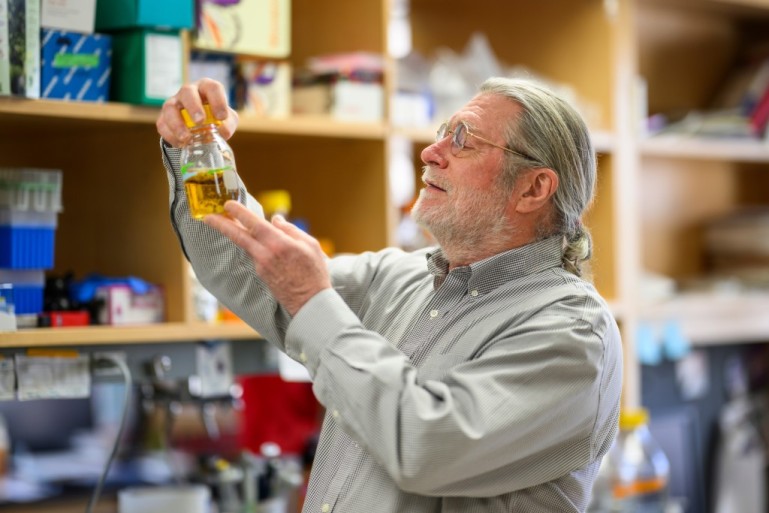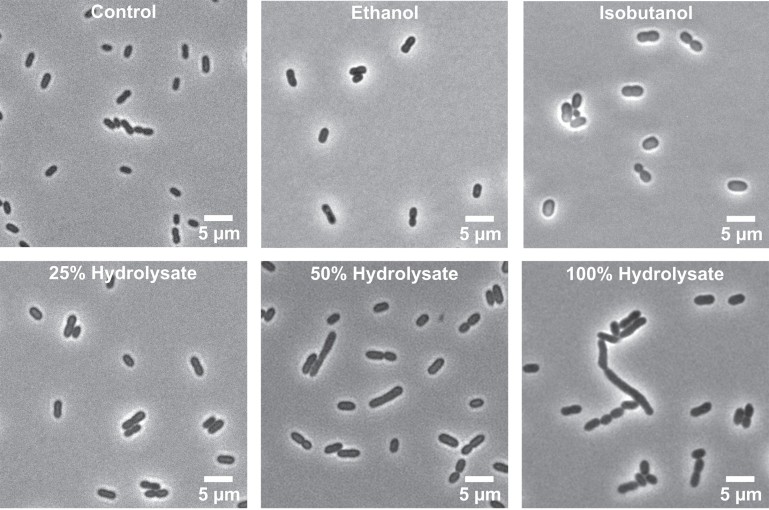Each year, the Secretary of the Faculty recognizes four professors from the University of Wisconsin–Madison for distinguished contributions to research, teaching and service with the Hilldale Awards.
A major collaborative data science effort now underway at the University of Wisconsin–Madison to aid understanding and response to COVID-19 began with an email from a yoga instructor.
As COVID-19 cases surge across the United States, medical workers have scrambled to find ways to fill critical gaps in the nation’s personal protective equipment supply—in part because single-use PPE such as gowns and N95 masks are being discarded by the millions.
Mikhail Kats, Dugald C. Jackson Faculty Scholar and associate professor of electrical and computer engineering, is the recipient of the 2020 IEEE Nanotechnology Council Early Career Award in Nanotechnology.
As our world faces massive shortages of N95 masks, there is growing concern for the safety of healthcare workers who rely on these specialized masks and other personal protective equipment (PPE) to treat COVID-19 patients.
As a wind energy technology instructor at Lakeshore Technical College, Justin Barrett is used to handling questions about jobs in the fast-growing wind turbine industry.
Replacing fossil fuels with electricity or biofuels does not mean reliance on gas and oil will go away overnight.



